Terrible symptoms:
The disease, pictured ravaging Gaylord's hands in July, killed millions in the Middle Ages and affects about seven people a year in the United States
photo: Gaylord's family
http://www.dailymail.co.uk/news/article-2205782/Im-happy-alive-Plague-victim-fingers-toes-amputated-painful-2-5-hour-surgery.html
Yersinia pestis
-
General information
General Information
Yersinia pestis was discovered in Hong Kong in 1894 by a Swiss physician Alexandre Yersin.
He linked Y. pestis to the bubonic plague, an epidemic that ravaged Europe during the 1300s.
The organism was isolated during a outbreak in Hong Kong
Taxonomy
Family: Enterobacteriaceae
It was formerly known as Pasteurella pestis.
The closest relative is the gastrointestinalpathogen Y. pseudotuberculosis and more distantly Y. enterocolytica
Natural habitats
Yersinia pestis interacts mainly with rodents such as rats and fleas (Xenopsylla cheopsis)
Through these carriers, Yersinia pestis is able to invade human cells and create diseases.
Clinical significance
Human Y. pestis infection takes three main forms, pneumonic, septicemic and bubonic plagues.
All three forms were responsible for a number of high-mortality epidemics troughout human history, including: the sixth century's Plague of Justinian, the Black Death, which accounted for the death of at least one-third of the European population between 1347 and 1353; and the 19th century's Third Pandemic
It has now been shown that these plagues probably originated in rodent populations in China.
Yersinia pestis infections must be diagnosed quickly due to the high virulence of these organisms.
Death from pneumonic plague can occur in as little as 24 hours after the first appearance of symptoms.
-
Diseases
-
Gram stain
Small oval Gram negative coccoid rods,
with bipolar staining, giving it a safety pin appearance
In direct material, this characteristic shape best seen.
In older cultures,
the rods are polymorphic, they are bigger, longer and more irregular in shape.
In liquid media
the rods form chains.
-
Culture characteristics
-
Facultative anaerobic
BA: small, gray, white, opaque and irregular colonies.
After 24 hours 0.1 to 1.0 in diameter.
They do not produce pigment, but absorb at 26°C
(not at 37°C) large amounts of exogenous hemin,
whereby they are pigmented.
Optimal growth temperature: 28°C
McConkey: growth, non lactose fermenter
BBAØ: growth
-
-
Characteristics
-
References
James Versalovic et al.(2011) Manual of Clinical Microbiology 10th Edition
Karen C. Carrol et al (2019) Manual of Clinical Microbiology, 12th Edition

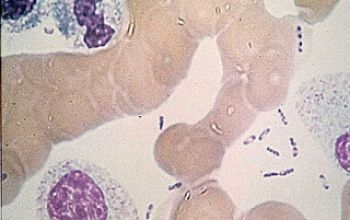
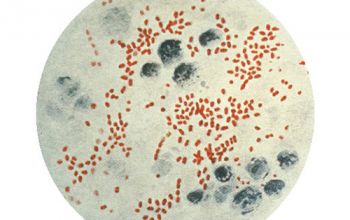

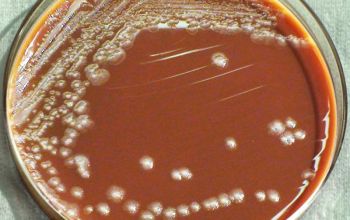
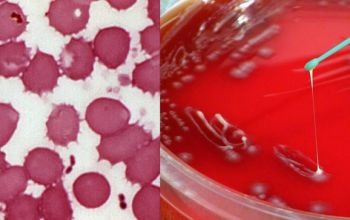
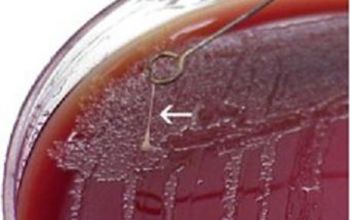



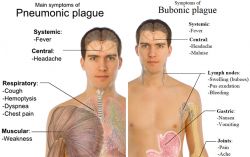
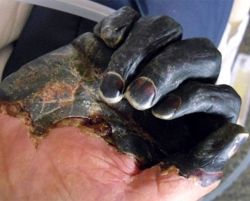
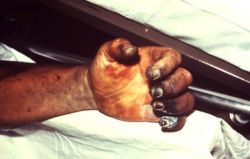
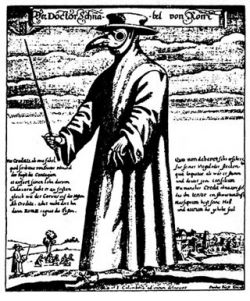
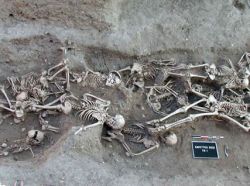


-250x248.jpg)
-250x317.jpg)
